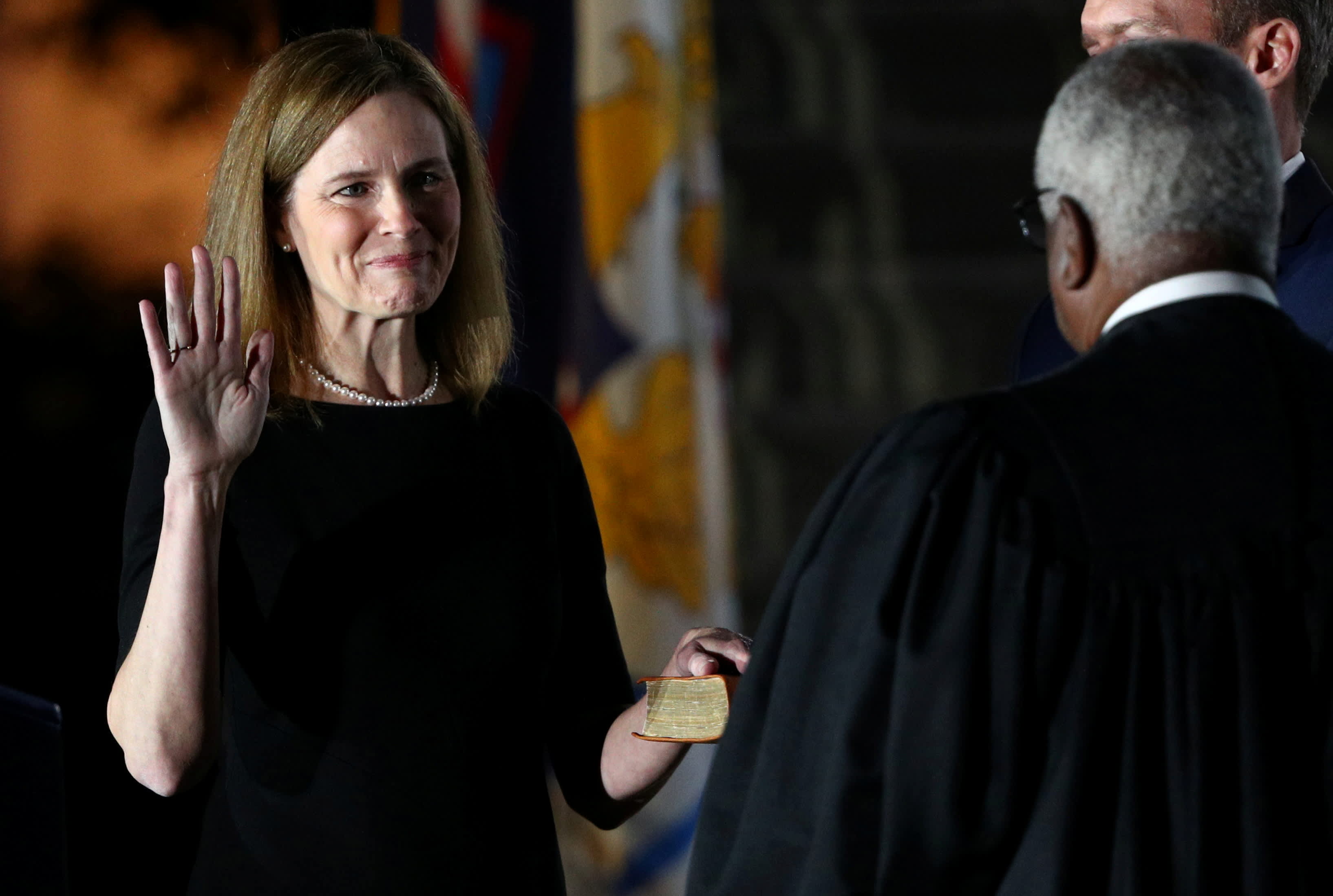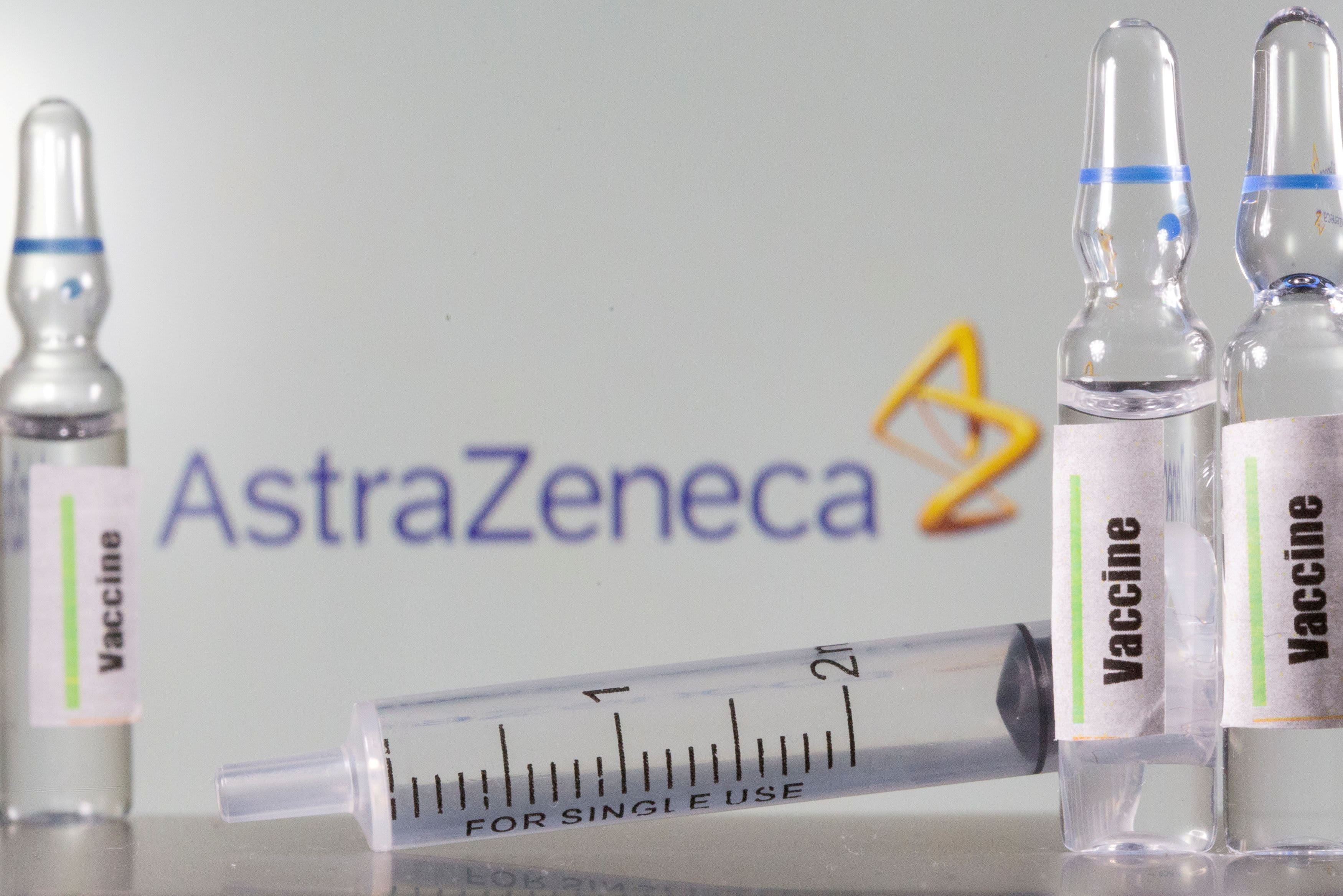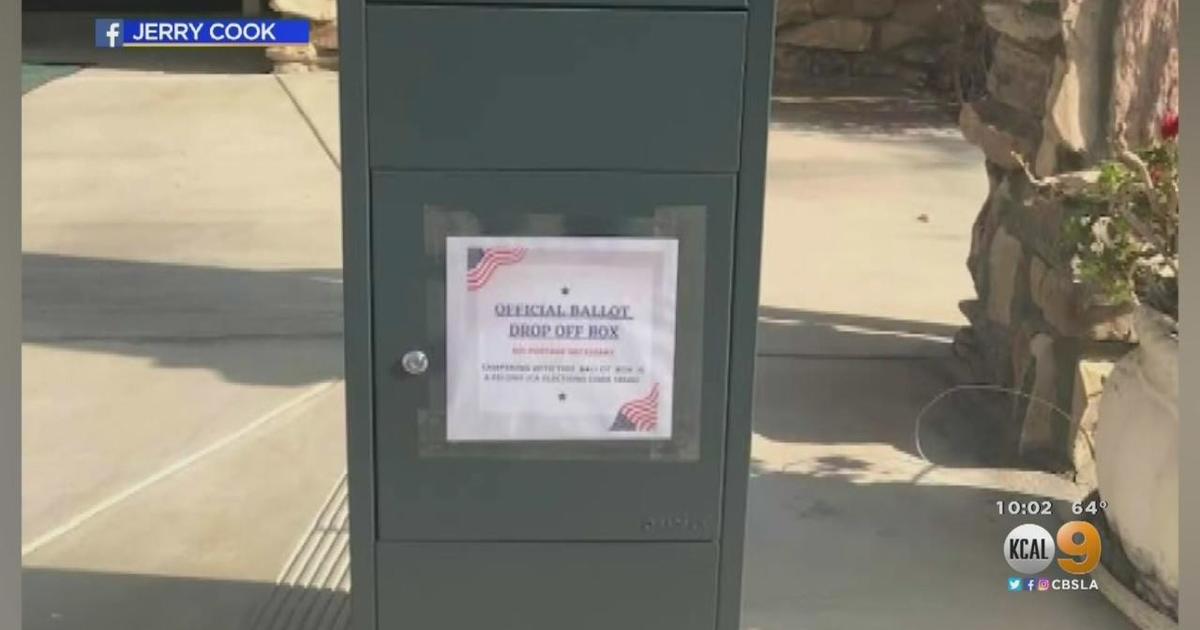Over the past few weekends, the League of Legends World Championships was conducted in Shanghai, China. This annual premier event is usually held in front of an immense crowd, but due to COVID-19 restrictions, the tournament had to follow strict health guidelines. Before the tournament was commenced, players from different regions were quarantined for 14-days, and all individuals were required to wear masks and were given temperature checks prior to their matches. No live crowds were allowed except for a small group during the final round.
Yet despite these setbacks, the 2020 World Championships has broken many viewership records with at least 5 matches surpassing 1 million viewers. While the pandemic has largely disrupted sports organizations like the NBA and MLB, esports has thrived due to its online accessibility. In 2018, the industry was worth $906 million, while in 2019 it was expected to reach 1.1 billion, and its reach will only continue to expand. Popular streaming services like Twitch.tv and YouTube allow millions of individuals to watch live gameplay in the comfort of their homes, and the internet remains as a refuge for these games and their now remote tournaments. The initial shutdown in professional sports leagues meant that there was more room for other broadcasting; instead of sports programs, esports was televised widely, growing their audiences further.
Many individuals have also turned to popular mobile and PC games for entertainment; games such as Among Us and the newly released Genshin Impact (my personal favorite) have captured millions of players, many who had never played video games in the past. The collaborative and co-op nature of these games makes them attractive to individuals who want to enjoy time with their friends while also maintaining social distances.
The future of esports remains a bright one; professional gaming and game broadcasting has only increased in prior years and will only grow from here. According to investor Michael Ball from Epyllion Industries, "the novel coronavirus will have permanently increased esports' overall economic and cultural trajectory. As a category, it has been popularized and legitimized in an unpredictable and profound way." As more investors, companies, and sponsors join the fray in this ever-growing market, esports will continue to thrive and cement itself as a powerful industry.





















